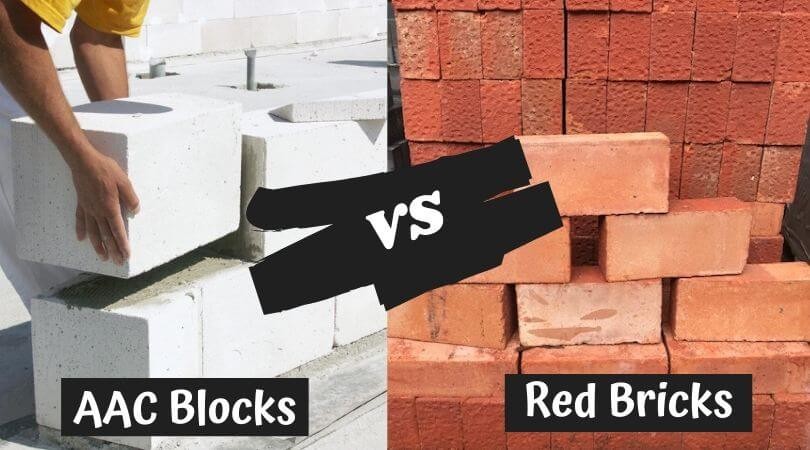
AAC Blocks vs Red Bricks: Advantages and Disadvantages
When planning construction, a key question is which type of brick to use: AAC blocks or red bricks? Both materials have strengths and weaknesses, and your choice can impact the durability, cost, and environmental effects of your building. Check out the notable features of AAC blocks from the best aac block supplier in india and make an informed decision.
Red Bricks
Red bricks have long been a popular choice. They are known for their durability, affordability, and ease of use. Made from natural soil, they have been used in construction for many years due to their low cost and effective performance.
AAC Blocks
Autoclaved Aerated Concrete (AAC) blocks are a newer alternative that offers several advantages. They are made from fly ash, a by-product of burning coal at power plants, cement, lime and aluminium powder. Dlite, the best AAC block supplier in India, makes AAC blocks lighter than red bricks, which makes them easier to handle and reduces transportation costs.
Major Differences Between AAC Blocks and Red Bricks
- Compressive Strength
- AAC Blocks: Designed to be more resistant to pressure. AAC blocks from Dlite have a compressive strength of 3 to 4.5 N/mm².
- Red Bricks: Lower compressive strength of 2.5 to 3.5 N/mm².
- Durability
- AAC Blocks: Stronger and more uniform, leading to a longer-lasting structure with fewer maintenance needs.
- Red Bricks: More fragile, leading to more waste and construction defects.
- Utility
- AAC Blocks: AAC block from Dlite can increase the carpet area of a building and reduce construction time.
- Red Bricks: Heavy and thick, limiting their effectiveness and making construction more labour-intensive.
- Workability
- AAC Blocks: AAC block from Dlite require less labor due to their lighter weight and fewer joints, which can save on mortar and construction time.
- Red Bricks: More labor-intensive due to their weight and the number of joints needed.
- Sustainability
- AAC Blocks: Made from fly ash, a waste product, and a manufacturing process producing minimal pollutants. Dlite offers AAC blocks that are more environmentally friendly.
- Red Bricks: Use a lot of topsoil, which can lead to soil erosion and other environmental issues.
Notable Features
- Weight: AAC blocks are 3-4 times lighter than red bricks, making them easier to transport.
- Fire Resistance: AAC blocks can resist fire for up to 4 hours, while red bricks only offer about 2 hours.
- Sound Insulation: AAC blocks provide better insulation of sound (42 dB) than red bricks.
- Thermal Insulation: AAC blocks are better at keeping heat in or out, which can save on energy costs.
- Earthquake Resistance: AAC blocks are designed to withstand seismic activity, making them suitable for earthquake-prone areas.
- Storage: AAC blocks from the best aac block supplier in india are easier to store and handle in all weather conditions, while red bricks require special storage during the rainy season.
When choosing the right material for your construction project, consider these factors to make an informed decision that best suits your needs and environmental concerns. Dlite is the best AAC Block supplier in India, offering ace-grade concrete blocks with pre-defined technical specifications that fulfill your requirements.


